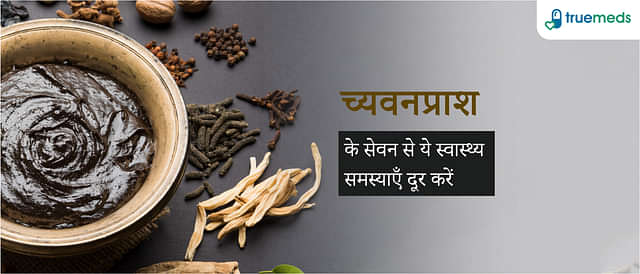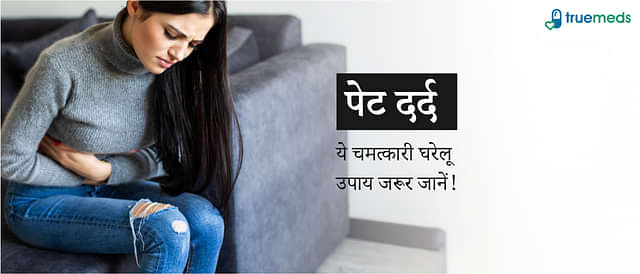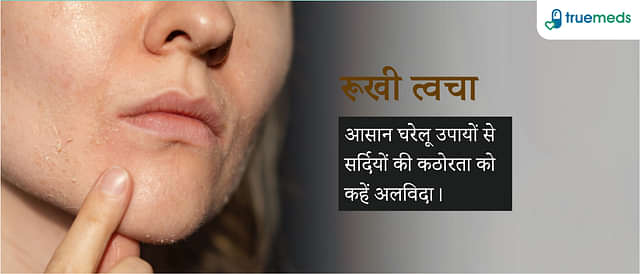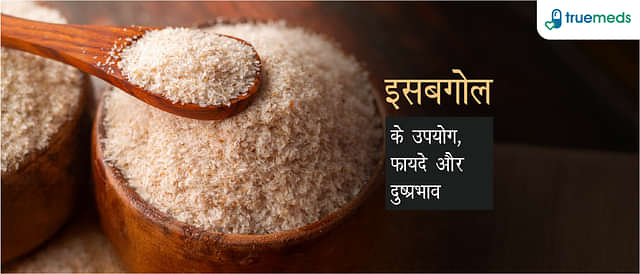Sexually Transmitted Diseases (STD) Prevention
Last updated on : 12 Nov, 2024
Read time : 5 min
Each year, approximately 6% of India’s adult population is diagnosed with sexually transmitted diseases (STDs) and reproductive tract infections (RTIs). With a population as large as India’s, a 6% infection rate translates to more than 30 million sick persons. sexually transmitted diseases (STD) prevention now needs to be focused more.
Before we start with the sexually transmitted diseases (STD) prevention part. Let’s try and understand the difference between STI and STD if there’s any.
The difference is essentially between a disease and an infection. Infections do not cause all diseases, but they are majorly a reason for a disease to occur. The STI’s when showing symptoms are called STDs.
What exactly are STIs?
Infections transmitted through sexual contact are known as sexually transmitted infections (STIs). STIs are quite common and easily transmitted. Some STIs are treatable and curable, but others are not. You can protect your health by being aware of the facts.
Anyone who has sexual contact with someone else is at risk of getting STI. Some STIs produce symptoms, while others do not. STI can be transmitted to others by skin, genitals, mouth, rectum, or body fluids contact. This includes touch via vaginal, anal, or oral sex. Even if you don’t have any symptoms, your health can suffer.
What are some of the most frequent sexually transmitted infections (STIs)?
- Chlamydia.
- Gonorrhoea.
- Herpes genital.
- Hepatitis B is a liver disease-causing virus.
- Infection with the human immunodeficiency virus (HIV)Infection with the human papillomavirus.
- Syphilis is a disease that affects men.
- Trichomoniasis is a parasitic infection that affects humans.
How do sexually transmitted infections (STIs) spread?
Anyone whose health can be harmed even if there is no symptoms.
has sexual contact with another person and is at risk of contracting a sexually transmitted infection (STI). Some sexually transmitted infections (STIs) elicit symptoms, while others do not. Through touch with skin, genitals, mouth, rectum, or body fluids, a person with STI might spread it to others. Contact through vaginal intercourse, anal sex, or oral sex are also the reasons.
Giving or receiving oral intercourse does not cause an STD, contrary to popular belief. This isn’t correct. Oral intercourse is a popular way for gonorrhoea and herpes to spread.
What are the signs and symptoms of a sexually transmitted infection (STI)?
Symptoms might range from slight discomfort and vaginal discharge to severe pain. Symptoms usually appear after the infection has been present for some time. In most situations, early treatment can prevent long-term health consequences.
How can you tell if you have a sexually transmitted disease (STD)?
Blood tests are used to make a diagnosis. In the later stages of HIV or syphilis, blood tests can confirm the diagnosis.
Urine samples are collected. The existence of some STIs can be confirmed using a urine sample.
Samples of liquids Your doctor may test fluid and samples from the sores to determine the kind of infection if you have open genital sores.
Understanding and Preventing Sexually Transmitted Diseases
To know if you are suffering from STD, you surely want to know its symptoms for sexually transmitted diseases (STD) prevention. Symptoms might range from slight discomfort and vaginal discharge to severe pain. Symptoms often appear only after the illness has been present for some time. In most situations, early treatment can prevent long-term health consequences.
Always avoid intercourse with someone who has genital sores, a rash, discharge, or other indications of a sexually transmitted illness, or STD. If you and your partner have only had sex with each other for at least six months and have both tested negative for STDs, then only unprotected sex is safe. If not, you should indulge in the following:
- Every time you have sex, use latex condoms. Lubricant for use should be water-based only. For the entire sex act, use condoms. Condoms aren’t always successful in avoiding pregnancy or sexually transmitted diseases (STD) prevention. They are, nevertheless, incredibly effective when used correctly so learn how to properly use condoms.
- Towels and underwear should not be shared.
- Before and after intercourse, wash your hands.
- Get a hepatitis B immunization. This is a three-shot sequence.
- Schedule an HIV test.
Practices in sexual health for sexually transmitted diseases (STD) prevention
You can reduce your chance of contracting STIs by using barrier techniques for the Prevention of sexually transmitted diseases. Among these methods are:
- For penetrative intercourse, including with sex toys, using external or internal condoms.
- For oral sex, condoms or dental dams are used.
- When it comes to manual stimulation or penetration, wearing gloves is a good idea.
- Prevention of sexually transmitted diseases can sometimes be as simple as maintaining excellent hygiene before and after sexual contact. This can include things like: Before any sexual contact, wash your hands.
- Urinating after sex is a good way to avoid getting a urinary tract infection (UTIs).
Is it possible to get rid of STDs?
Four of the eight diseases are currently treatable: syphilis, gonorrhoea, chlamydia, and trichomoniasis. Hepatitis B, herpes simplex virus (HSV or herpes), HIV, and human papillomavirus are the other four incurable viral infections: hepatitis B, herpes simplex virus (HSV or herpes), HIV, and human papillomavirus (HPV). Thus, STD prevention, rather, prevention from any diseases is very important.
STDs are widespread, but there are ways for STD prevention and lowering your risk. Yes. Even if you’ve been treated for bacterial illnesses like chlamydia, gonorrhoea, and syphilis, you can get them again. That is why it is critical to have your partners checked and treated for STD prevention.
Also Read-Rheumatoid arthritis: Overview, symptoms and causes
If you’re not sure which approach is best for you, talk to your partner or doctor about it.
People’s capacity to detect the signs of STIs can be improved by education and counselling, which increases the possibility that they will seek treatment and encourage a sexual partner to do so as well thereby moving towards STD prevention. Unfortunately, a lack of public awareness, a lack of training among health care personnel, and a long-standing, pervasive stigma around STIs continue to obstruct the broader and more effective implementation of these therapies as barriers to the Prevention of sexually transmitted diseases.
Despite extensive efforts to identify easy interventions that can assist reduce risky sexual behaviour, altering one’s behaviour remains a challenging undertaking. According to research, it is critical to concentrate on well-defined communities, consult extensively with the designated target audiences, and include them in the design, implementation, and assessment processes, and make people learn about the seriousness of this fatal infection and disease and why STD prevention is a must.
For the all latest coupons and offers on the medicines, follow us on Instagram and Facebook
Disclaimer
Our healthcare experts have carefully reviewed and compiled the information presented here to ensure accuracy and trustworthiness. It is important to note that this information serves as a general overview of the topic and is for informational purposes only. It is not intended to diagnose, prevent, or cure any health problem. This page does not establish a doctor-patient relationship, nor does it replace the advice or consultation of a registered medical practitioner. We recommend seeking guidance from your registered medical practitioner for any questions or concerns regarding your medical condition.
Popular Articles
Recommended Articles
Recent Articles
Top-Selling Medicines:
...View more
Top-Selling OTC:
...View more
Subscribe
Registered Office Address
Grievance Officer
Download Truemeds

Contact Us
Our customer representative team is available 7 days a week from 9 am - 9 pm.
v3.7.5
Our Payment Partners












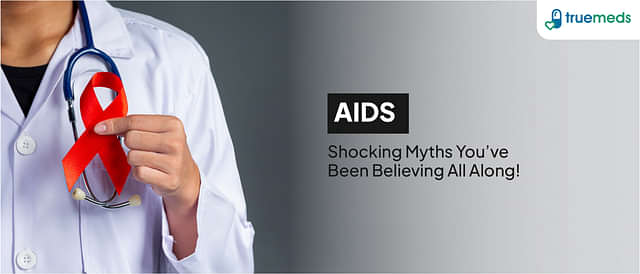
.jpg?width=640)



































